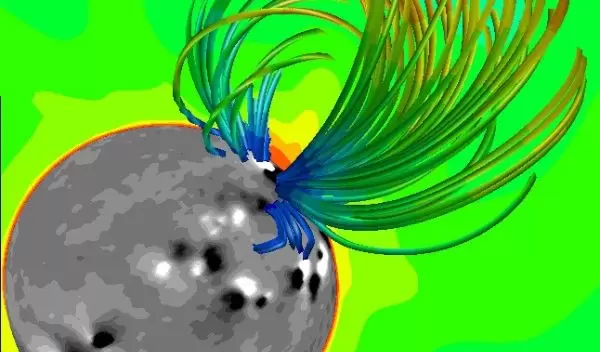
Protecting Earth from space storms
"There are only two natural disasters that could impact the entire U.S.," according to scientist Gabor Toth of the University of Michigan. "One is a pandemic, and the other is an extreme space weather event."
The U.S. is currently seeing the effects of the first in real-time. The last major space weather event struck Earth in 1859. Smaller, but still significant, space weather events occur regularly. They fry electronics and power grids, disrupt global positioning systems, cause shifts in the range of the aurora borealis, and raise the risk of radiation to astronauts or passengers on planes crossing over the poles.
"We have all these technological assets that are at risk," Toth said. "If an extreme event like the one in 1859 happened again, it would completely destroy the power grid and satellite and communications systems. The stakes are much higher."
In 2020, the U.S. National Science Foundation and NASA created the Space Weather with Quantified Uncertainties, or SWQU, program. It brings together research teams across scientific disciplines to advance the latest statistical analysis and high-performance computing methods in the field of space weather modeling.
"We launched these SWQU projects by bringing together expertise and support across multiple scientific domains," said Vyacheslav "Slava" Lukin, program director for plasma physics at NSF. "The need has been recognized for some time, and the portfolio of projects, Gabor Toth's among them, engages not only the leading university groups, but also NASA centers, the U.S. Department of Defense and Department of Energy National Laboratories, as well as the private sector."
Improving the lead time of space weather forecasts requires new methods and algorithms that can compute far faster than those used today and can be deployed efficiently on high performance computers. Toth uses the Frontera supercomputer at the Texas Advanced Computing Center -- the fastest academic system in the world and the 10th most powerful overall -- to develop and test these new methods.


